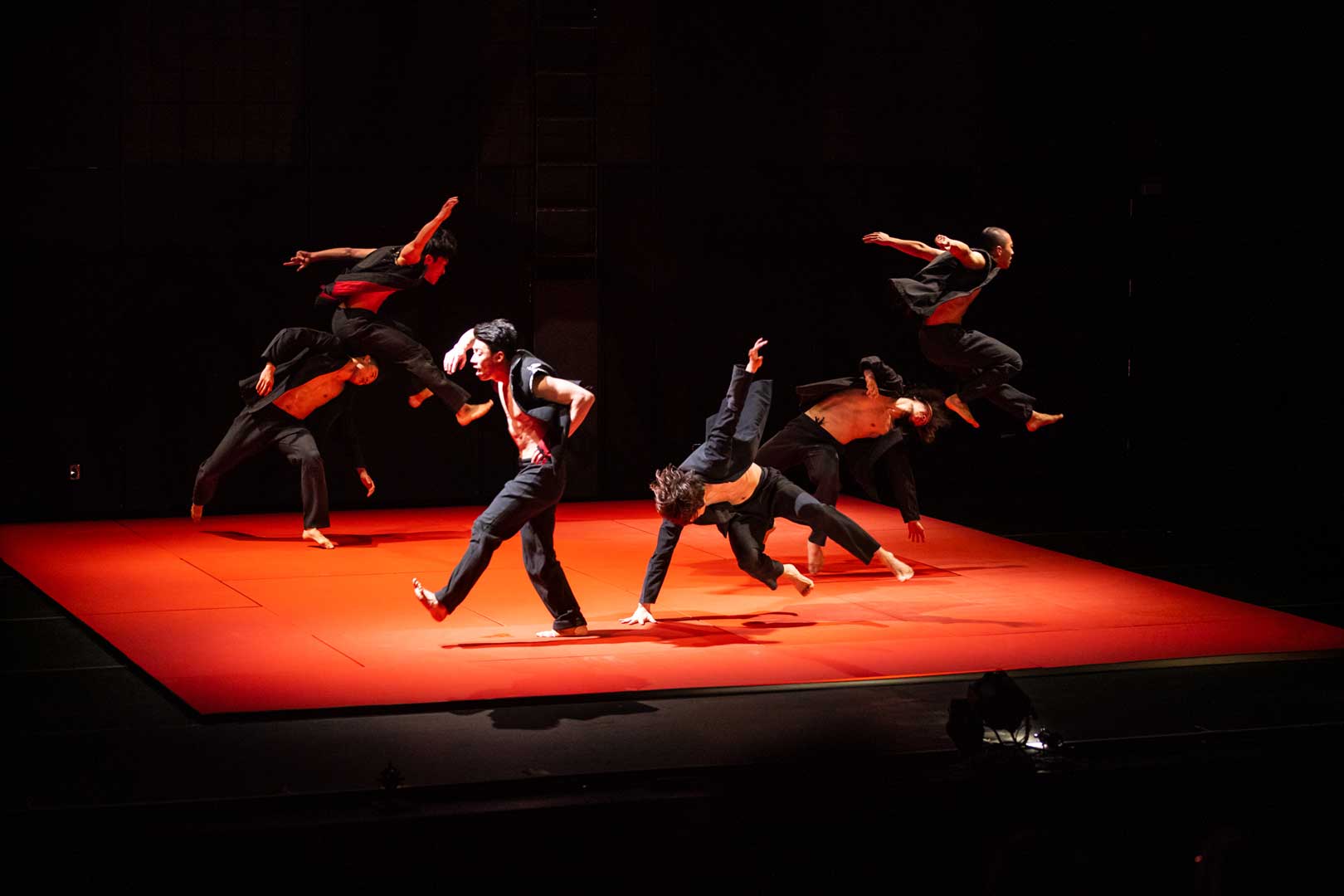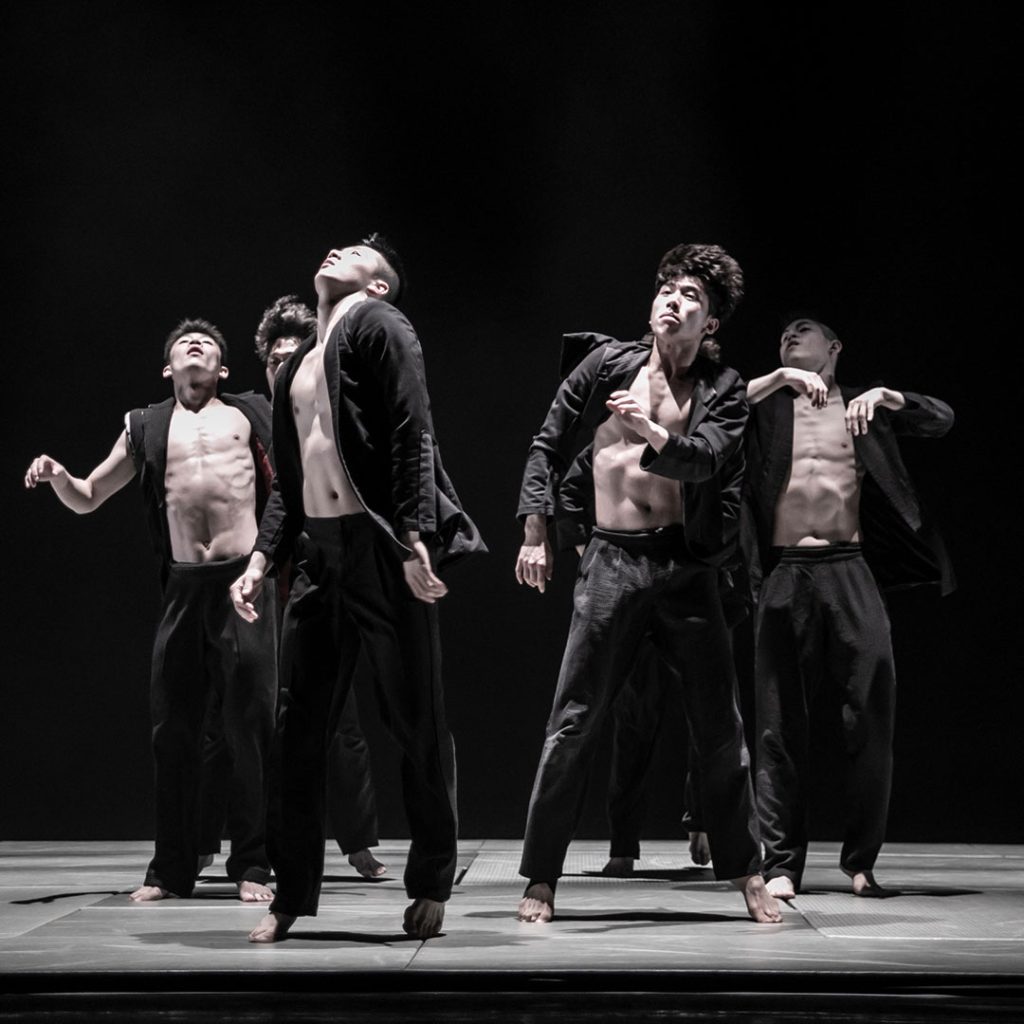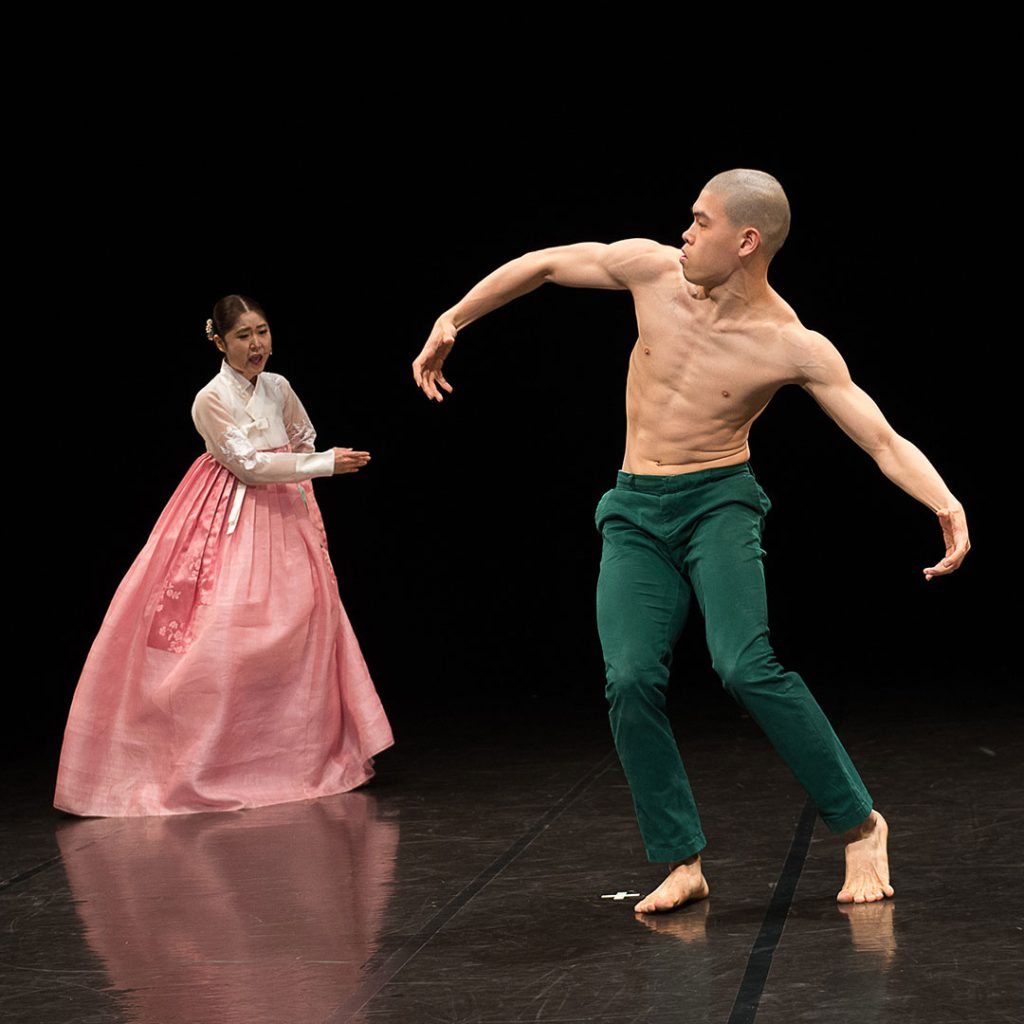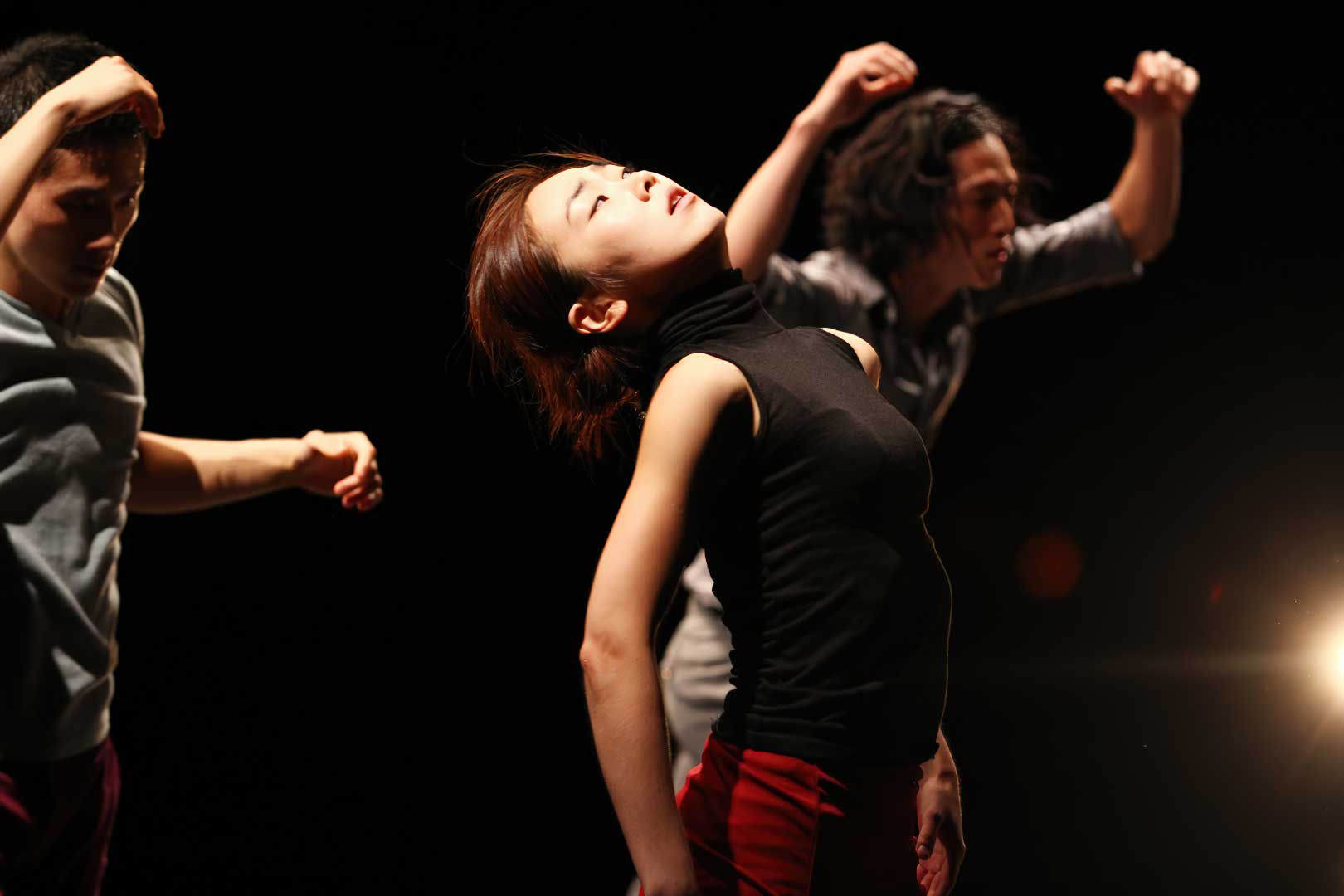
Soon-ho Park & Bereishit Dance
(Seoul, South Korea)
Judo
Balance and Imbalance
March 5 & 6
Tickets from $30
Run Time: 75 minutes including intermission
“Exhilarating…Lightning-quick…Cherishes physical risks and the swift, fearless execution of daunting tasks”
— The New York Times
“Silken and steely — not just staking the ground but making it quake.”
— Miami New Times
With live music and intensely physical movement that draws from martial arts, Hip-hop, and street dance, choreographer Soon-ho Park and his internationally-acclaimed Bereishit Dance Company create groundbreaking performances that take your breath away. This Seoul-based group is celebrated for its athletic precision and creative choreography, approaching traditional Korean culture from a contemporary perspective.
The program at OZ Arts features two highly visceral signature works:
Samulnori is a genre of Korean percussion music featuring four instruments. The small gong Kwaenggwa-ri symbolizes thunder and lightning, the larger gong Jing symbolizes wind, the hourglass-shaped drum Janggu symbolizes rain, and the barrel drum Buk symbolizes clouds. It was believed that the sound of the metal instruments (Kkwaenggwari, Jing) resonating in harmony with the leather instruments (Janggu, Buk) had to create a perfect harmony in yin and yang, and only then could this sound be heard by the gods. The rhythmic harmony was the connection between the skies and the land, and a means of communication between humanity and god.
Pansori is thought to be a combination of Pan, meaning “‘a place where many people gather,” and Sori, meaning “song.” It is a Korean genre of musical storytelling performed by a singer and a Gosu (drummer).
Sugungga is one of five surviving Pansori stories. Its translation is: Once upon a time, there lived the king of the seas underwater. One day, the king got sick. Gosh, the only way to live is to eat a rabbit’s liver! So, the king sent a turtle to catch a rabbit. Turtle wandered around and found a rabbit. Then the turtle coaxed the rabbit by saying how many valuable things and delicious food there are underwater. Rabbit believed the turtle and followed him. But as soon as they arrived at the underwater palace, the rabbit was caught by a soldier. In a deadly danger, the rabbit said, “King of the seas, if you needed my liver, you should have told me so before. Because so many people want to take away our livers, we take it out, clean it and hide it behind a rock. If you let me go up to the land, I’ll get my liver for you.” The king ordered the turtle to take the rabbit back up. When they arrived on land, the rabbit disappeared into the trees. The turtle went back to the sea alone.
COMMUNITY EVENTS

FREE Dance Masterclass
with Soon-ho Park
Saturday, March 1 | 12-1:30PM
Join choreographer Soon-ho Park and members of Bereishit Dance for an intermediate/advanced masterclass exploring the company’s unique fusion of contemporary, martial arts, and Hip-hop vocabulary.

FREE Artist Exchange
Sunday, March 2 | 3-5PM
Local artists of all disciplines can network and share ideas with Bereishit Dance Company at this casual gathering. Discuss art and creative practice in a global context, and challenge yourself to make new connections!

